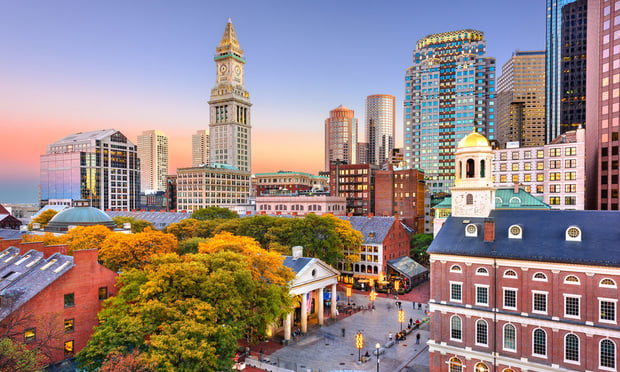"The goal is to protect remaining open spaces in Massachusetts that support biodiversity," Jim Hunt, assistant secretary to state environmental secretary Robert Durand tells GlobeSt.com. "These large, unfragmented tracts have ecological value."
The environmental office has spent the last two years mapping out the state, identifying the landscapes that have certain species of plants and animals, and this map, according to Hunt, will serve as a guide to the state's land-conservation efforts. "We can now identify where priority land acquisitions are," says Hunt. "We are looking at the state as a whole and changing the way we do land acquisition."
Most of the land the map identifies is in Western, Central, and Southeastern Massachusetts rather than in more heavily developed areas of the state. For instance, Hunt notes that in the Tully Valley north of the Quabbin Reservoir in Central Massachusetts the state is looking at privately owned, large unfragmented parcels there. The area is roughly 44,700 acres that stretch across four towns and has approximately 400 owners. The state has an estimated $50 million to $60 million a year set aside by state environmental agencies for land conservation. "We are really trying to focus our acquisition dollars on those areas," notes Hunt.
Want to continue reading?
Become a Free ALM Digital Reader.
Once you are an ALM Digital Member, you’ll receive:
- Breaking commercial real estate news and analysis, on-site and via our newsletters and custom alerts
- Educational webcasts, white papers, and ebooks from industry thought leaders
- Critical coverage of the property casualty insurance and financial advisory markets on our other ALM sites, PropertyCasualty360 and ThinkAdvisor
Already have an account? Sign In Now
*May exclude premium content© 2024 ALM Global, LLC, All Rights Reserved. Request academic re-use from www.copyright.com. All other uses, submit a request to [email protected]. For more information visit Asset & Logo Licensing.








